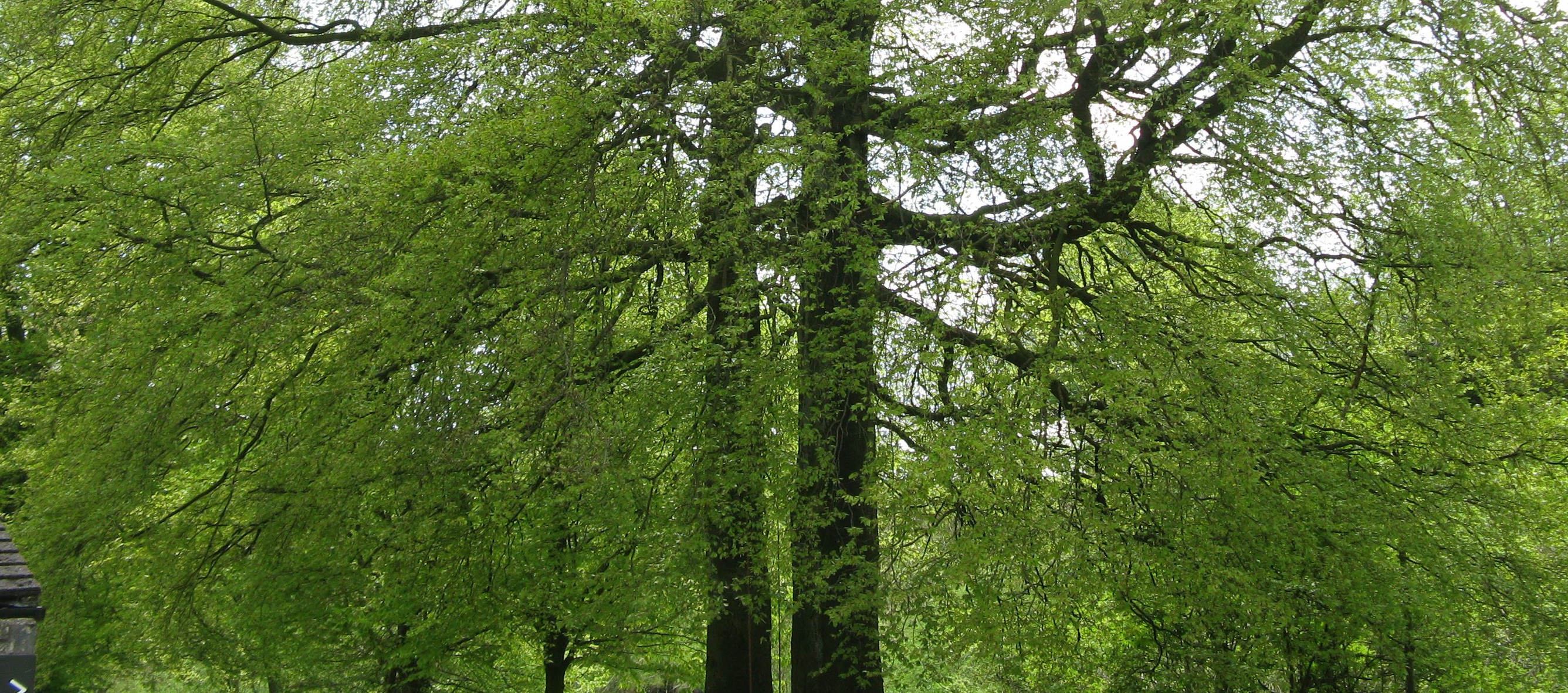On Thursday, I went down to the Woodland Trust’s Pound Farm in Suffolk to attend an informative day on Chalara fraxinea, or ash dieback, courtesy of MTOA. We were shown the various different stages of the disease on trees at different stages of their life cycle and of different levels of severity of infection. We even came across the fruiting bodies of Hymenoscyphus fraxineus, the fungus responsible for the disease. I did not take pictures as they are widely available. However, I did take pictures at Staveton as the trees there, none ash, were interesting veteran and ancient trees. First pic is a phoenix birch, or a birch which has failed and yet continued growing. In this case, apparently, it started off growing out of an oak (though probably already dead) and when the oak decomposed, after having sent down aerial roots, fell to the ground and continued growing by sending out some of its branches vertically(now the trees to the right). Next we have an oak that has cracked due to torsional loads in a rather interesting way.
Next we have an oak that has cracked due to torsional loads in a rather interesting way. Then we have an oak that has grown in a peculiar way after possibly having lost its leader early on:
Then we have an oak that has grown in a peculiar way after possibly having lost its leader early on: And finally a pollared oak (most oak here were pollarded):
And finally a pollared oak (most oak here were pollarded): A very nice and informative day out with other arboriculturists.
A very nice and informative day out with other arboriculturists.
Discover more from Treescapes
Subscribe to get the latest posts sent to your email.

